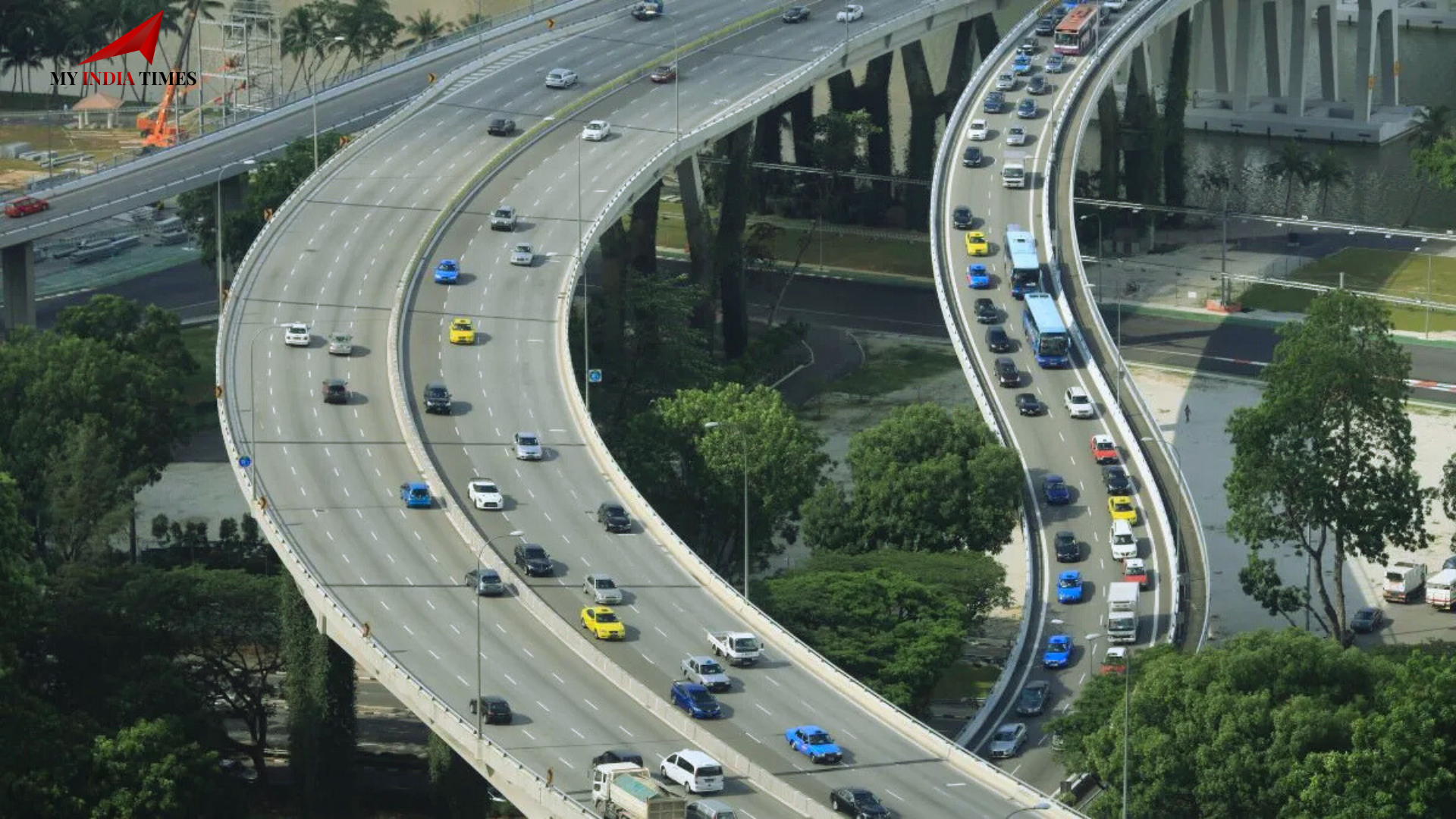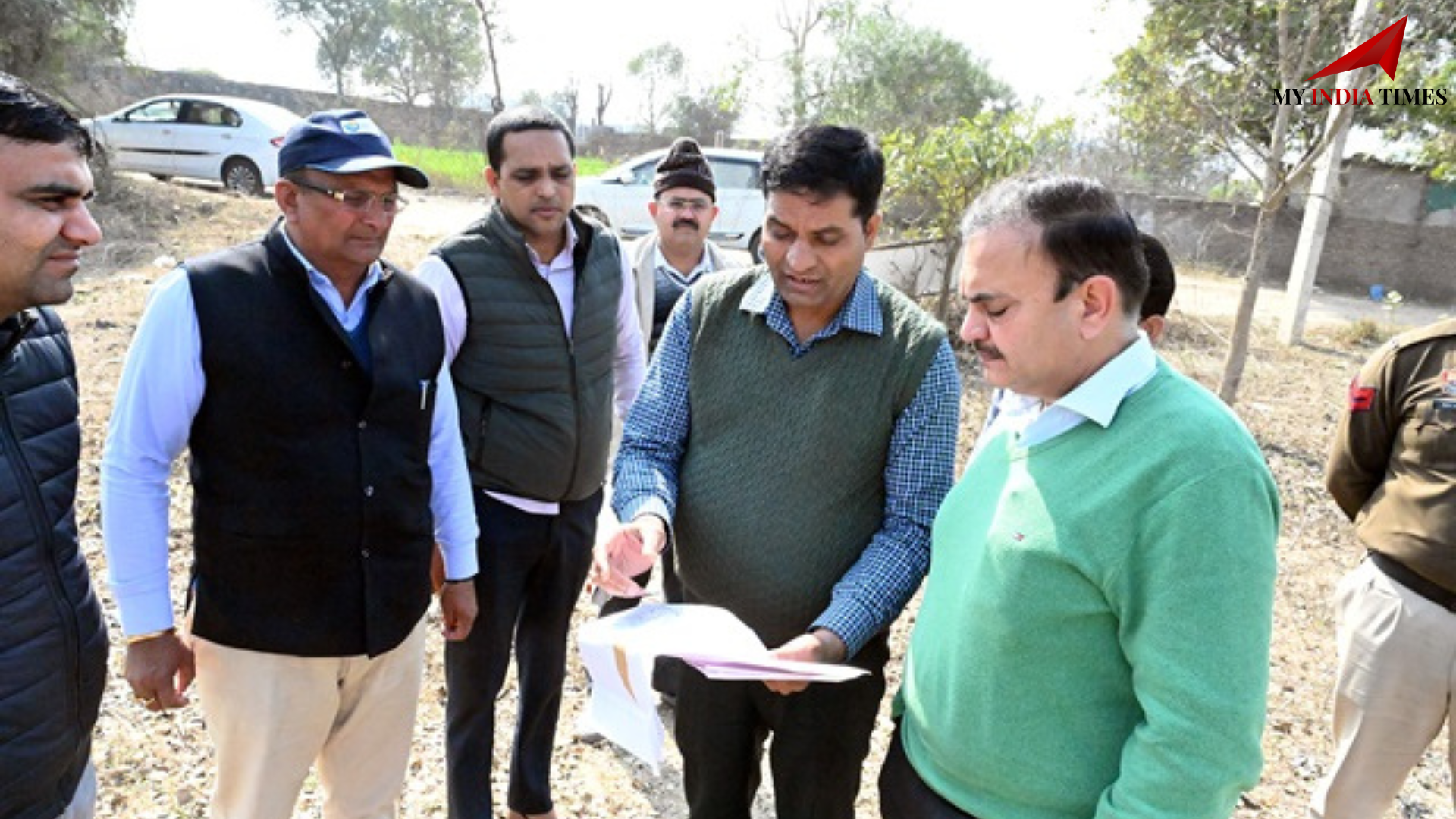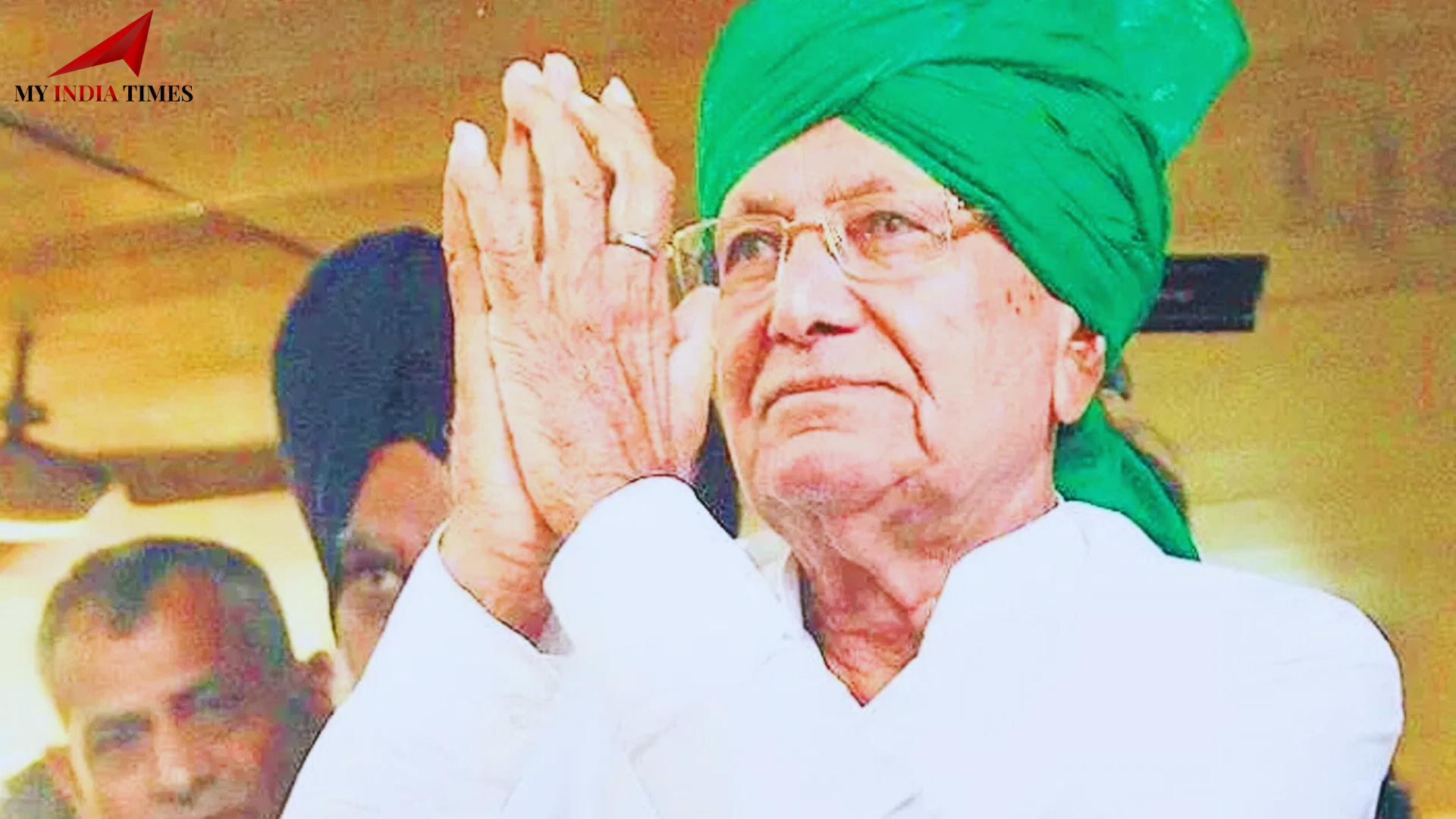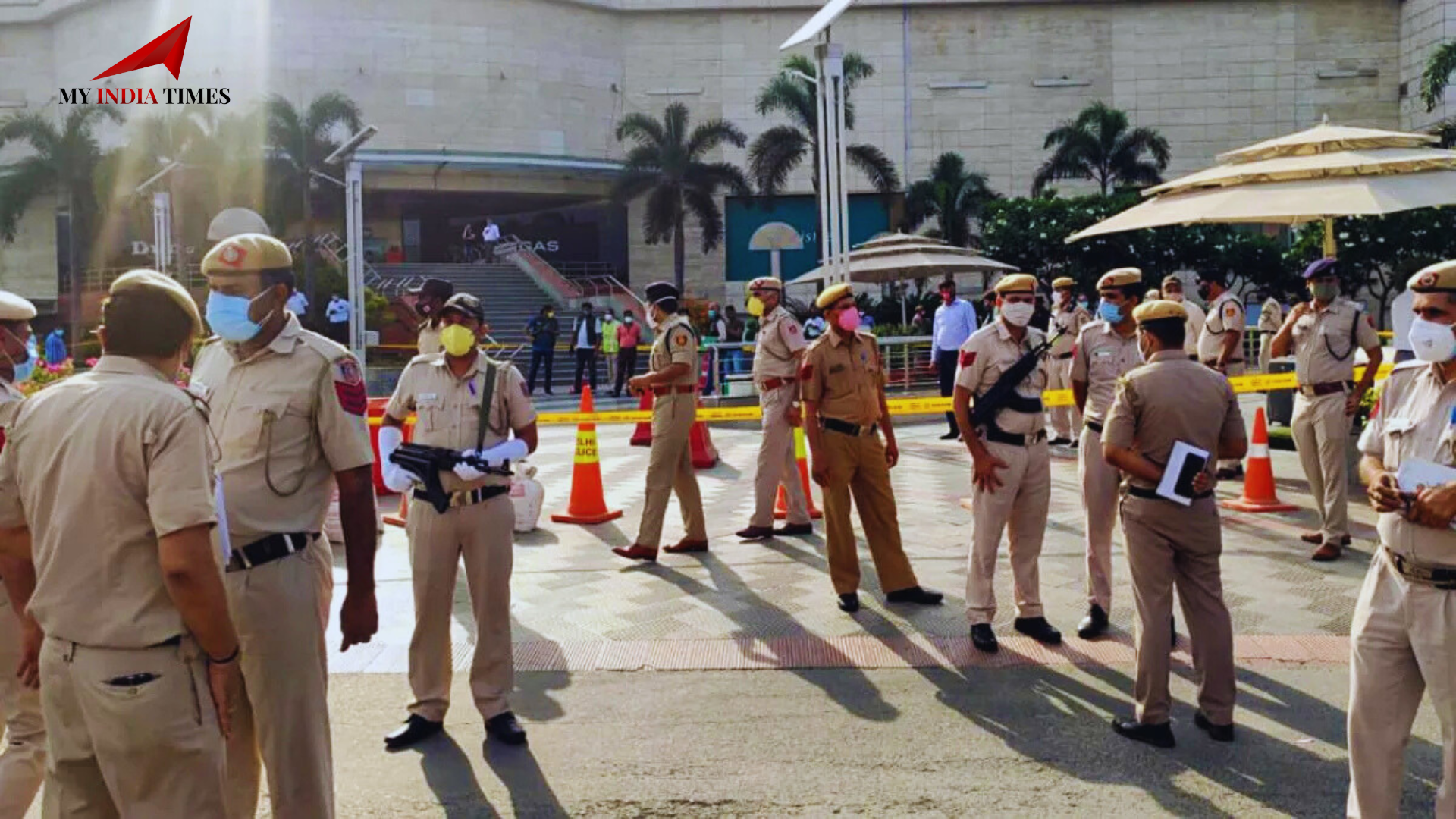Gurugram to Simulate Air Raid and Blackout in Today’s Mock Drill - "Operation Abhyas"
In a bid to strengthen emergency preparedness and ensure the safety of residents in the event of a disaster, Gurugram is conducting a large-scale mock drill today, titled “Operation Abhyas.” This exercise, which is being carried out under the Ministry of Home Affairs' guidelines, is designed to simulate air raid and blackout scenarios across the district. The drill aims to evaluate the response time and coordination of various task forces, emergency teams, and local residents in the event of an actual emergency.
Purpose of the Mock Drill
The primary purpose of “Operation Abhyas” is to assess the district's readiness for unexpected crises, such as air raids or large-scale power failures. This drill is all about seeing how quick and smooth our local emergency teams and residents can respond when things get intense. It’s also a great chance to remind everyone about staying prepared for disasters and why it’s so important to follow instructions during emergencies.
Details of the Drill
The mock drill will commence at 4 PM, with a district-wide siren sounding off, signaling the start of the simulation. The exercise will feature evacuation procedures, response coordination, and a full-night blackout. As part of the simulation, residents are being urged to switch off all lights and remain indoors, mimicking the actions necessary during a real blackout situation.
Leadership and Coordination During the Drill
Deputy Commissioner (DC) Ajay Kumar, who is overseeing the mock drill, emphasized the importance of effective coordination between the various departments and agencies involved in the exercise. "This drill is an essential part of our disaster management plans," said Kumar. "It helps ensure that both emergency services and citizens are well-prepared to handle any unforeseen circumstances."
The command and control center for the drill will be established in the Mini Secretariat’s conference hall, while the Tau Devi Lal Stadium will serve as the main dispatch base for emergency and rescue teams. Several key task forces will be deployed at different locations to execute real-time evacuation and relief operations.
Role of Emergency Task Forces
Five specialized task forces will be involved in the drill, comprising medical teams, fire brigades, police personnel, civil defense volunteers, and ambulances. These teams will carry out the evacuation process, assess the impact of the mock disaster, and ensure that residents understand the correct procedures to follow in case of a real emergency.
Each task force will be under the supervision of a designated task force manager, ensuring smooth coordination during the exercise. This multi-agency approach will help evaluate how well different teams can work together during a high-stress situation.
Public Awareness and Participation
To ensure that residents are fully aware of the mock drill, the district administration has initiated an extensive public awareness campaign. Resident Welfare Associations (RWAs), schools, and key institutions have been roped in to spread the word about the exercise. Digital platforms, social media, and offline messaging campaigns are being used to inform citizens about the drill and to encourage their active participation.
“Participation from the public is crucial for the success of this exercise,” said DC Kumar. “We urge everyone to cooperate and follow the guidelines to make this drill effective. The more people are involved, the better prepared we will be for a real emergency.”
Simulation of Air Raid and Blackout Scenarios
The core of “Operation Abhyas” lies in simulating an air raid and blackout scenario, which are two of the most critical emergency situations that cities may face. The drill will evaluate how quickly residents can evacuate, how emergency services can assist them, and how well the district can function during a prolonged blackout. These are essential aspects of disaster preparedness, especially in a region like Gurugram, which is home to millions of people and a hub for both business and industry.
During the air raid simulation, sirens will blare, and citizens will be instructed to take shelter immediately. The blackout simulation will test the resilience of the city's infrastructure and citizens’ ability to operate without power, with all lights being switched off for the entire night.
Improving Coordination Between Agencies
One of the key objectives of “Operation Abhyas” is to assess the coordination between multiple agencies and departments involved in disaster response. By testing communication channels and response times, authorities can identify any weaknesses in the system and make necessary improvements.
The district's law enforcement, fire brigades, medical teams, and civil defense units will work in tandem, ensuring a seamless flow of information and action. The experience gained from this drill will help improve the overall disaster management infrastructure and make Gurugram a more resilient city.
Why Such Mock Drills Are Important
Mock drills like “Operation Abhyas” are vital for preparing both emergency responders and the general public for worst-case scenarios. While no one anticipates a disaster, being prepared ensures that the community can react swiftly and effectively when it matters the most.
These drills provide an opportunity for both citizens and authorities to assess their disaster preparedness and refine their response strategies. They also help in fostering a sense of collective responsibility among citizens, ensuring that everyone knows their role in the event of an emergency.
Lessons Learned and Future Preparedness
After the completion of the drill, the district authorities will conduct a thorough review to assess the effectiveness of the exercise. This will involve evaluating the efficiency of the evacuation process, the communication between agencies, and the public’s response to the instructions provided.
Any gaps or inefficiencies identified during the drill will be addressed to further improve the district’s disaster preparedness plans. The feedback from participants will also be crucial in refining strategies for future mock drills.








